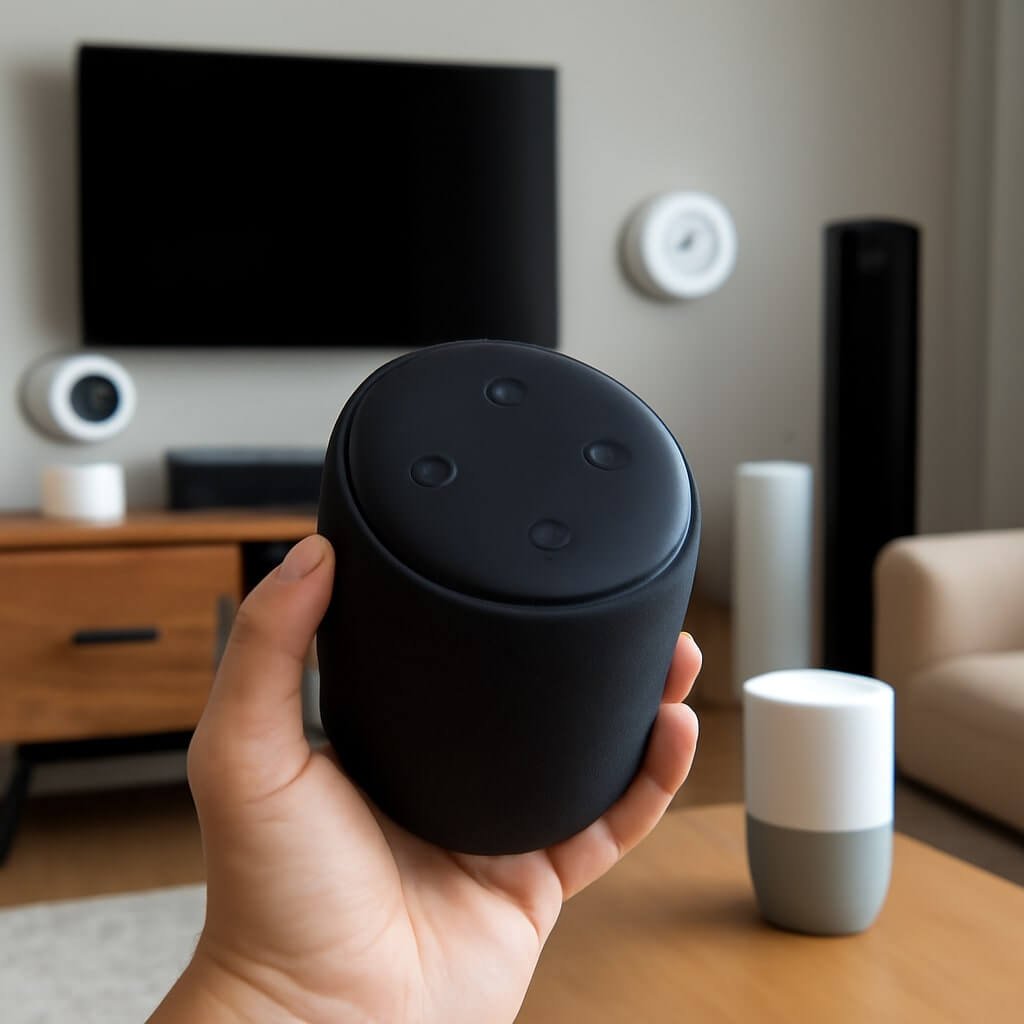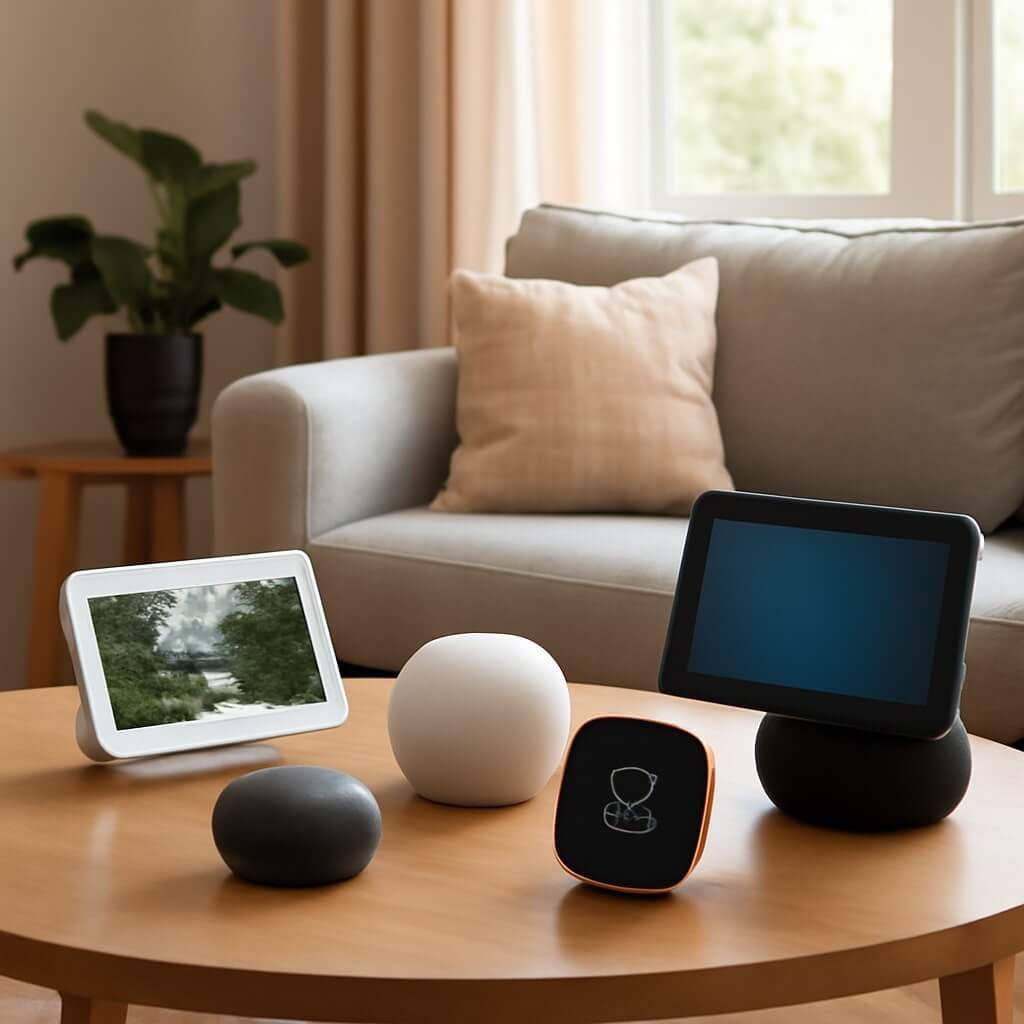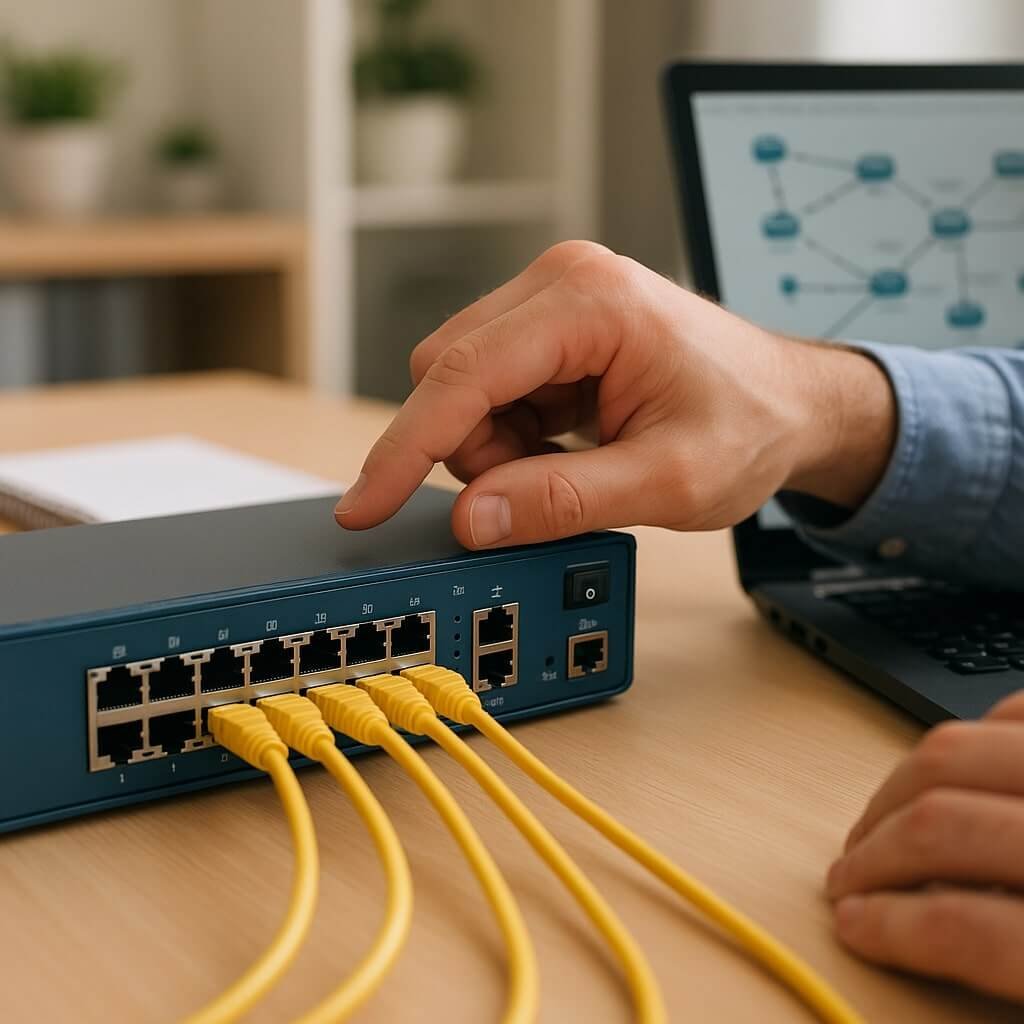Voice-controlled smart homes are revolutionising the way we interact with technology at home. This Easy Setup Guide for Smart Home Voice Control will walk you through everything you need to know to get your voice control system up and running smoothly. From understanding the basics to troubleshooting common issues, this guide is designed to make your smart home experience seamless and enjoyable.
Understanding Smart Home Voice Control
What is Smart Home Voice Control?
Smart Home Voice Control refers to the use of voice assistants like Amazon Alexa, Google Assistant, or Apple Siri to operate various smart devices in your home. Whether it’s turning on lights, adjusting the thermostat, or playing music, voice control makes managing your home more convenient and hands-free.
Benefits of Using Voice Control in Your Smart Home
The benefits of integrating voice control into your smart home are numerous:
- Convenience: Control devices without lifting a finger.
- Accessibility: Great for users with mobility challenges.
- Energy Savings: Automated routines help reduce energy waste.
- Security: Voice control can enhance home security systems.
- Customisation: Tailor commands and routines to fit your lifestyle.
Preparing Your Home for Voice Control Integration
Assessing Your Existing Smart Devices
Before setting up voice control, take stock of your current smart devices—lights, locks, cameras, thermostats, etc. Ensure they are compatible with your chosen voice assistant.
Choosing the Right Voice Assistant
Each voice assistant has unique features and ecosystems. Consider the following:
- Amazon Alexa: Wide device compatibility and skills.
- Google Assistant: Superior search capabilities and integration with Google services.
- Apple Siri: Best for users invested in the Apple ecosystem.
Step-by-Step Setup Process
Step 1: Connecting Voice Assistants to Your Network
Ensure your voice assistant device is connected to a stable Wi-Fi network. This is crucial for seamless communication between your voice assistant and smart devices.
Step 2: Syncing Smart Devices
Use the respective app (Alexa app, Google Home, Apple HomeKit) to discover and sync all your compatible smart devices. This step often involves adding devices to your home network and linking them to your voice assistant.
Step 3: Customising Voice Commands
Customise wake words and commands for ease of use. Many voice assistants allow for flexible phrasing, so experiment with what feels natural.
Step 4: Creating Routines and Automations
Automate multiple actions with a single command by setting up routines. For example, saying “Goodnight” can turn off lights, lock doors, and adjust the thermostat simultaneously.
Step 5: Testing and Troubleshooting
Test all voice commands and routines. Identify any lag, misinterpretations, or unresponsive devices, and use troubleshooting guides or app support to fix these issues.
Advanced Features and Tips
Integrating with Security Systems
Link your voice control with smart security cameras, doorbells, and alarm systems to enhance safety.
Managing Multiple Users and Profiles
Set up voice recognition for multiple household members to provide personalised responses and control.
Using Voice Control for Energy Efficiency
Schedule lights and appliances to turn off when not in use or when you’re away, lowering your energy bills.
Troubleshooting Common Issues
Connectivity Problems
Weak Wi-Fi can disrupt voice command processing. Consider upgrading your router or adding mesh networks.
Voice Recognition Errors
Ensure your microphone is clear of obstructions and speak clearly. Re-training voice recognition profiles can also help.
FAQs
Can I use multiple voice assistants in one home?
Yes, but it’s best to designate specific devices for each assistant to avoid command conflicts.
Are there privacy concerns with voice assistants?
Voice assistants record commands to improve services, but have privacy settings you can adjust.
How secure is voice control for home locks?
Most systems use encryption and require verification, but always enable additional security features.
Can voice assistants work offline?
Most require the internet to process commands, but some basic functions may work offline.
How often should I update my voice assistant’s software?
Regular updates are recommended to improve security and functionality.
What should I do if my smart device is not compatible?
Consider using smart hubs that bridge compatibility gaps or replacing the device.
Conclusion
Integrating smart home voice control can dramatically simplify your daily routine and improve home management. Following this easy setup guide ensures you’ll get the most out of your smart devices with minimal hassle. Start your journey towards a smarter, more connected home today!






